by Keyword: Sodium alginate
![]() Ramirez-Alba, Maria Dolores, Molins-Martinez, Marta, Garcia-Torres, Jose, Romanini, Michela, Macovez, Roberto, Perez-Madrigal, Maria M, Aleman, Carlos, (2024). pH and electrically responsive hydrogels with adhesive property Reactive & Functional Polymers 196, 105841
Ramirez-Alba, Maria Dolores, Molins-Martinez, Marta, Garcia-Torres, Jose, Romanini, Michela, Macovez, Roberto, Perez-Madrigal, Maria M, Aleman, Carlos, (2024). pH and electrically responsive hydrogels with adhesive property Reactive & Functional Polymers 196, 105841 ![]()
Applications of sodium alginate (Alg) and polyacrylic acid (PAA) hydrogels in biomedicine are well-known. These are predefined by the strength and weakness of their properties, which in turn depend on the chemical structure and the architecture of their crosslinks. In this work, Alg biopolymer has been grafted to synthetic PAA that has been chemically crosslinked using N,N '-methylene-bisacrylamide (MBA) to produce a pH responsive hydrogel with adhesive property. The double crosslinking network, which combines MBA-mediated covalent crosslinks and ionic crosslinks in Alg domains, results in an elastic modulus that resembles that of highly anisotropic and viscoelastic human skin. After addressing the influence of the dual network onto the Alg-g-PAA hydrogel properties, a prospection of its potential as an adhesive has been made considering different surfaces (rubber, paper steel, porcine skin, etc). The bonding energy onto porcine skin, 32.6 +/- 4.6 J/m2, revealed that the Alg-g-PAA hydrogel can be proposed in the biomedical field as tissue adhesive for wound healing applications. Finally, the hydrogel has been semi-interpenetrated with poly(hydroxymethyl-3,4-ethylenedioxythiophene) (PEDOT-MeOH) chains through a chemical oxidative polymerization process. The resulting hydrogel, Alg-g- PAA/PEDOT-MeOH, which is even more porous than Alg-g-PAA, in addition to being electro-responsive, maintains adhesive properties.
JTD Keywords: Adhesion properties, Adhesion properties,biomedical applications,bonding energy,dual network,conducting hydrogel, Adhesive properties, Adhesives, Biomedical applications, Biopolymers, Bonding energies, Bonding energy, Chemical bonds, Conducting hydrogels, Crosslinking, Dual network, Hydrogels, Medical applications, Methylenebisacrylamide, Poly(acrylic acid), Porcine skin, Property, Rational design,film, Sodium alginate

